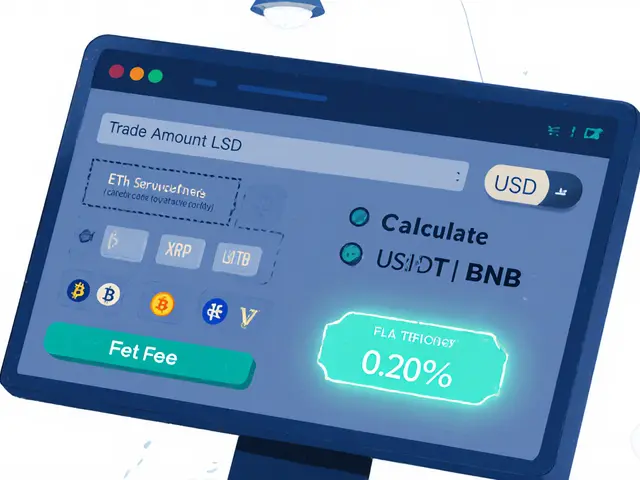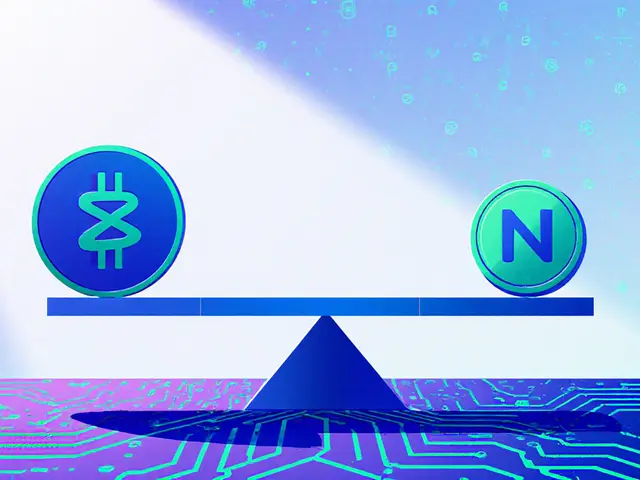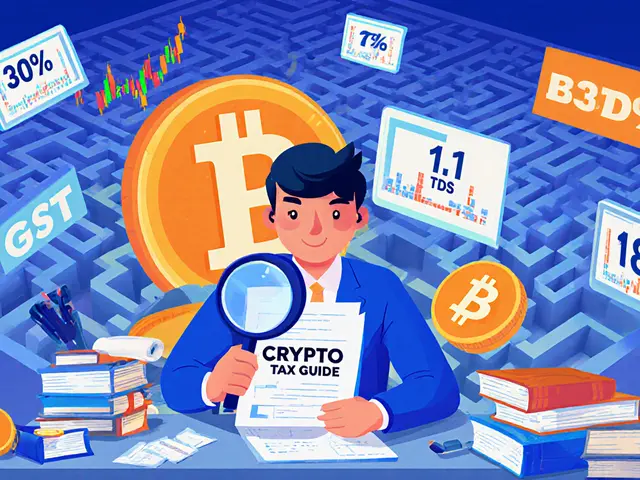Remittances: Real‑Time Crypto and Traditional Money Transfers
When talking about remittances, money sent by individuals to family or friends across borders, often to support daily expenses. Also known as cross‑border money transfers, they have moved from paper‑based services to instant digital channels, cutting wait times from days to seconds.
Cross‑border payments, the broader network that carries funds between countries are the backbone of remittances. Today, stablecoins, cryptocurrencies pegged to a fiat currency to limit volatility act as a bridge, letting users bypass costly correspondent banks while keeping value predictable. Tokens like USDC or BUSD settle in under a minute, and transaction fees hover around a few cents, a stark contrast to the 5‑10 % typical of legacy services.
To actually move those funds, people rely on digital wallets, software apps that store crypto or fiat and enable instant transfers. A wallet links a user’s identity to a public address, making it possible to send or receive money with a few taps, whether the underlying asset is a stablecoin or a local currency. Mobile‑first wallets such as Trust Wallet, MetaMask, or local fintech apps have lifted the barrier for millions who previously lacked bank accounts.
In places like Nigeria, the Philippines, or Mexico, crypto‑enabled remittances are reshaping how families get paid. Traders convert dollars into stablecoins, move them through wallets, then cash out locally, often at a better rate than traditional money‑transfer operators. Studies show that fee reductions can exceed 70 %, and delivery time drops from three‑plus days to near‑instant, which directly improves household cash flow and helps protect the local currency from inflation pressures.
Key Factors Shaping Modern Remittances
Regulators are catching up, setting rules around anti‑money‑laundering (AML) and know‑your‑customer (KYC) for both crypto and fiat channels. Countries like India and Kenya now require crypto exchanges to verify users before allowing cross‑border transfers, while the EU’s MiCA framework defines how stablecoins can be used for payments. At the same time, central banks experiment with digital‑currency projects that could sit alongside stablecoins, further blurring the line between traditional banks and crypto platforms.
For users, best practice means choosing a wallet with strong security features, verifying the stablecoin’s audit reports, and keeping records for tax compliance. Many platforms also offer built‑in exchange services, letting you swap a stablecoin for local cash without leaving the app. As the ecosystem matures, we expect more transparent pricing, integrated compliance tools, and wider acceptance of crypto‑based remittance routes.
Below you’ll find a curated mix of analysis, guides, and case studies that dive deeper into how remittances are evolving across markets and technologies.
Explore ElSalvador's Chivo wallet-its launch, tech, adoption hurdles, IMF impact, and what the future holds for the nation's crypto initiative.



 Finance
Finance




